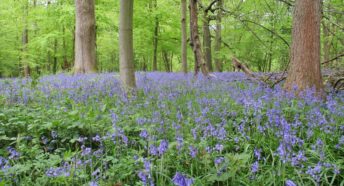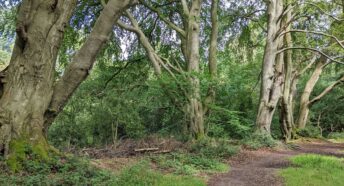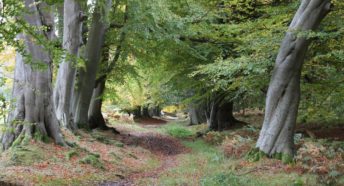Implementing the requirements for Biodiversity Net Gain
Together with CPRE colleagues across England, we have submitted our response to the recent DEFRA consultation on implementing the requirements for Biodiversity Net Gain. The principle that development should leave nature measurably better is a huge leap forward. However, there are many concerns arising in practice.
Recent academic research suggests that use of Biodiversity Net Gain so far is not delivering the intended outcomes. Analysis of six early adopter councils found a 34% reduction in habitat areas, to be compensated by commitments to deliver smaller areas of higher quality habitats years later. In other words, quantitative loss now with a promise of qualitative gains well into the future. This is not in the spirit of Biodiversity Net Gain as a concept for increasing the quantum of natural assets.
We are also very concerned that Biodiversity Net Gain requirements produce a perverse incentive to landowners and developers to deliberately degrade or hold down the ecological status of their land, so as to reduce the Biodiversity Net Gain measures needed to secure planning permission.
Clearly, these are unplanned consequences of a mechanism that is well-intentioned in concept. But we are very concerned that the reality of Biodiversity Net Gain in implementation will be a far cry from what it promises to offer in principle.
It is also important to recognise that Biodiversity Net Gain alone cannot tackle our crisis in ecology. At the very least, we recommend that there should also be a statutory duty placed on public bodies to deliver nature recovery, and this should mandate local authorities to implement Local Nature Recovery Strategies and Nature Recovery Networks.
Local Nature Recovery Strategies can have multiple benefits such as alleviating flood risk and absorbing carbon dioxide emissions. Nature Recovery Networks have the potential to improve connectivity for wildlife between designated sites for nature and the wider countryside. This would also provide ecological resilience to climate change.
Four principles for biodiversity net gain
We recommend that many of the potential risks and concerns associated with Biodiversity Net Gain implementation could be addressed through four simple and straightforward principles:
• gain measures should always be proportionate to the loss, so the size of development or its brownfield/greenfield status are immaterial – if there is impact, then Biodiversity Net Gain is needed;
• there should complete parity between regular planning applications (Town & Country Planning Act 1990) and Nationally Significant Infrastructure Project regimes – it would be perverse for larger schemes to have lower Biodiversity Net Gain requirements;
• all beneficiary land for Biodiversity Net Gain should be on Biodiversity Net Gain registers, and we would recommend mandating Local Nature Recovery Strategies through a statutory ‘duty to deliver nature recovery’, such that all Biodiversity Net Gain measures can be shown to contribute to a strategic approach to nature recovery;
• trading in the market for biodiversity units must not be a substitute or easy option compared to local Biodiversity Net Gain measures, and the risks arising from this could be much reduced by mandating that traded Biodiversity Net Gain units must be deployed on a Local Nature Recovery Strategy site locally or elsewhere.
Our full consultation response goes into more detail and is available to download.
If you are concerned about habitat and species loss, please join us. We are the countryside charity for Hertfordshire.








